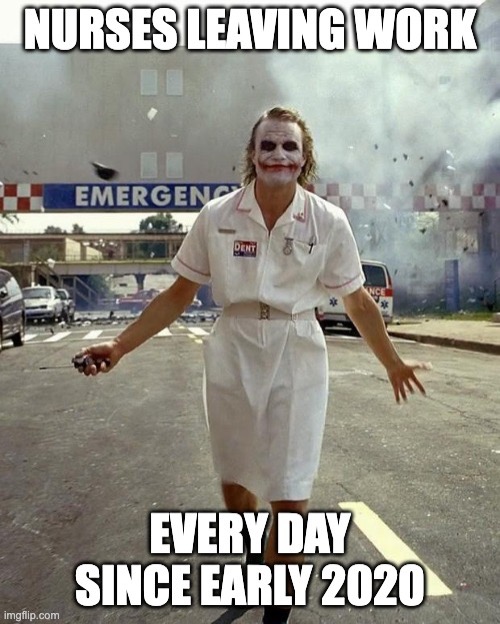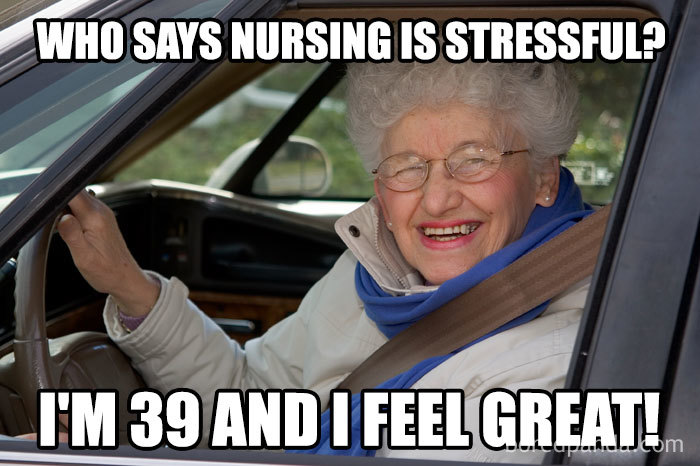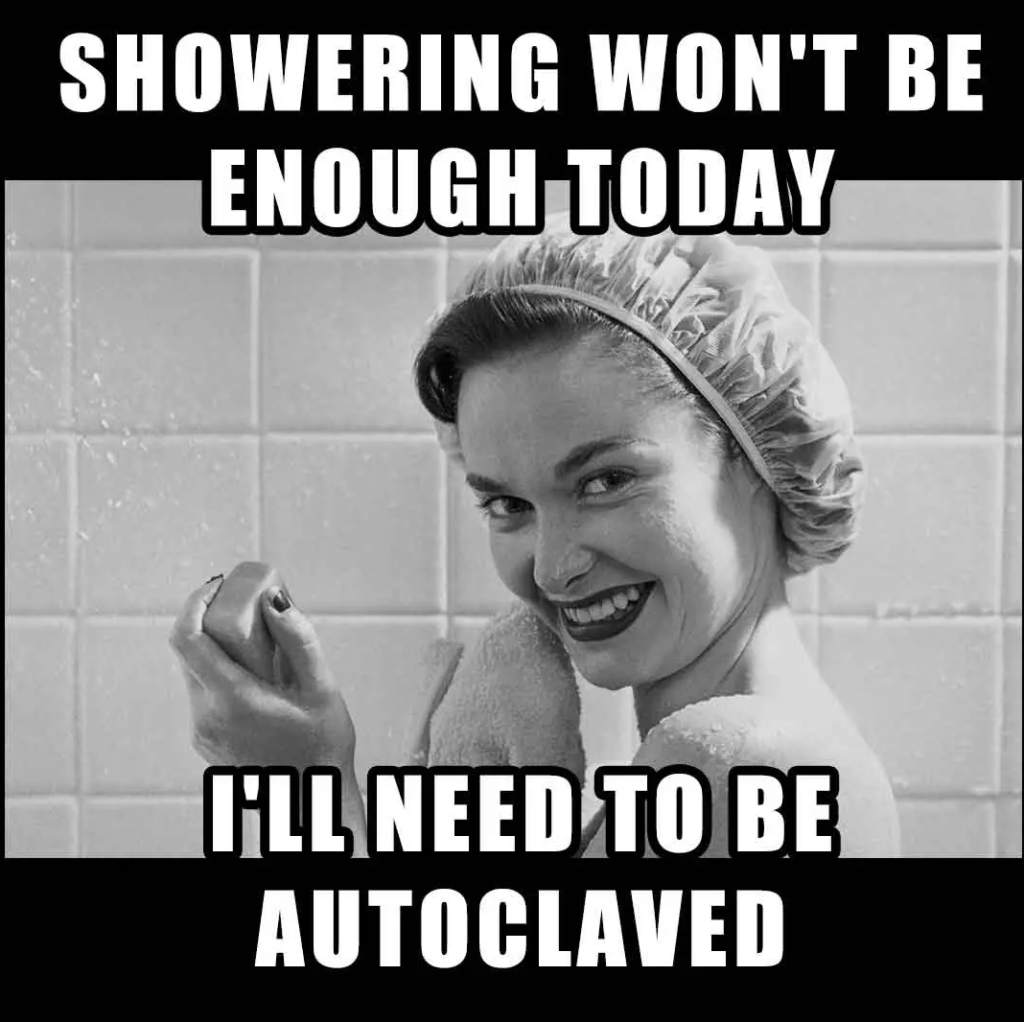Anything rather than improve nurses’ pay and conditions, right?
It’s no secret that the morale and wellbeing of healthcare workers has taken a battering during the pandemic.

Luckily, a study is being conducted in Western Australia to see whether nurses’ mental health and wellbeing, and their consequent desire to stay working in this most essential of occupations, can be helped by light acupuncture and music therapy.
Light acupuncture – “photobiomodulation” if you want it to sound more sciencey – is acupuncture delivered via lasers instead of needles.
Five-element music therapy derives from Huangdi Neijing (The Yellow Emperor’s Classic of Medicine), said to have been written by the Chinese emperor Huangdi in 2600BC, though possibly as recently as 300BC – cutting-edge stuff.
It’s a crossover study in which one group has the acupuncture and music therapy for two weeks, then switches after a week off to the control condition, which is no intervention.
In each session, “Each pressure point will receive 20s of energy (4J), with 20min being the maximum treatment time (240 J).
“During the treatment, the participant will be listening to the five-element music depending on their emotion type (fear, anger, joy, anxiety and sorrow). For example, if one has anger, frustration and rage, it could indicate they have too much Yang energy or problems with liver or detoxification pathways.”
Yes, those are certainly the only causes we can think of.

The study is randomised and blinded, at least as far as the assessors are concerned.
But there’s no control condition for the acupuncture. Oh no. That’s because sham acupuncture – often used in an attempt to test the TCM modality in actual RCT conditions – is no different from real acupuncture, so it makes real acupuncture look bad.
Or as the authors put it: “the sham treatment technique is inadvertently physiologically active. The procedure involves touching with pressure, which involves the same pathways as the test treatment; this creates a bias against the actual treatment … Sham acupuncture techniques, therefore, should not be used in acupuncture-related clinical trials.”
Since the resulting effects on wellbeing are measured using a series of self-administered questionnaires and surveys, and nurses will have a pretty good idea whether they’ve received any kind of treatment or not, we wonder why they bother pretending there’s any kind of blinding at all.
The average registered nurse in Australia earns $34 an hour.
Thrice-weekly laser pointer and music sessions, in a scaled-up real-world application, would presumably cost some money to deliver.
The Back Page frankly thinks putting the cash straight into the nurses’ pockets rather than the therapists’ might produce a much more immediate effect on their wellbeing.

If you see something that puts your Yang energy right out of whack, send it to felicity@medicalrepublic.com.au


